It Happened to Me
Series Editor: Arlene Hirschfelder
Books in the It Happened To Me series are designed for inquisitive teens digging for answers about certain illnesses, social issues, or lifestyle interests. Whether you are deep into your teen years or just entering them, these books are gold mines of up-to-date information, riveting teen views, and great visuals to help you figure out stuff. Besides special boxes highlighting singular facts, each book is enhanced with the latest reading lists, websites, and an index. Perfect for browsing, there are loads of expert information by acclaimed writers to help parents, guardians, and librarians understand teen illness, tough situations, and lifestyle choices.
1. Epilepsy: The Ultimate Teen Guide, by Kathlyn Gay and Sean McGarrahan, 2002.
2. Stress Relief: The Ultimate Teen Guide, by Mark Powell, 2002.
3. Learning Disabilities: The Ultimate Teen Guide, by Penny Hutchins Paquette and Cheryl Gerson Tuttle, 2003.
4. Making Sexual Decisions: The Ultimate Teen Guide, by L. Kris Gowen, 2003.
5. Asthma: The Ultimate Teen Guide, by Penny Hutchins Paquette, 2003.
6. Cultural DiversityConflicts and Challenges: The Ultimate Teen Guide, by Kathlyn Gay, 2003.
7. Diabetes: The Ultimate Teen Guide, by Katherine J. Moran, 2004.
8. When Will I Stop Hurting? Teens, Loss, and Grief: The Ultimate Teen Guide to Dealing with Grief, by Ed Myers, 2004.
9. Volunteering: The Ultimate Teen Guide, by Kathlyn Gay, 2004.
10. Organ TransplantsA Survival Guide for the Entire Family: The Teen Guide, by Tina P. Schwartz, 2005.
11. Medications: The Ultimate Teen Guide, by Cheryl Gerson Tuttle, 2005.
12. Image and IdentityBecoming the Person You Are: The Ultimate Teen Guide, by L. Kris Gowen and Molly C. McKenna, 2005.
13. Apprenticeship: The Ultimate Teen Guide, by Penny Hutchins Paquette, 2005.
14. Cystic Fibrosis: The Ultimate Teen Guide, by Melanie Ann Apel, 2006.
15. Religion and Spirituality in America: The Ultimate Teen Guide, by Kathlyn Gay, 2006.
16. Gender Identity: The Ultimate Teen Guide, by Cynthia L. Winfield, 2007.
17. Physical Disabilities: The Ultimate Teen Guide, by Denise Thornton, 2007.
18. MoneyGetting It, Using It, and Avoiding the Traps: The Ultimate Teen Guide, by Robin F. Brancato, 2007.
19. Self-Advocacy: The Ultimate Teen Guide, by Cheryl Gerson Tuttle and JoAnn Augeri Silva, 2007.
20. Adopted: The Ultimate Teen Guide, by Suzanne Buckingham Slade, 2007.
21. The Military and Teens: The Ultimate Teen Guide, by Kathlyn Gay, 2008.
22. Animals and Teens: The Ultimate Teen Guide, by Gail Green, 2009.
23. Reaching Your Goals: The Ultimate Teen Guide, by Anne Courtright, 2009.
24. Juvenile Arthritis: The Ultimate Teen Guide, by Kelly Rouba, 2009.
25. Obsessive-Compulsive Disorder: The Ultimate Teen Guide, by Natalie Rompella, 2009.
26. Body Image and Appearance: The Ultimate Teen Guide, by Kathlyn Gay, 2009.
27. Writing and Publishing: The Ultimate Teen Guide, by Tina P. Schwartz, 2009.
28. Food Choices: The Ultimate Teen Guide, by Robin F. Brancato, 2009.
Body Image
and Appearance
The Ultimate Teen Guide
KATHLYN GAY
It Happened to Me, No. 26

Published by Scarecrow Press, Inc.
A wholly owned subsidiary of The Rowman & Littlefield Publishing Group, Inc.
4501 Forbes Boulevard, Suite 200, Lanham, Maryland 20706
http://www.scarecrowpress.com
Estover Road, Plymouth PL6 7PY, United Kingdom
Copyright 2009 by Kathlyn Gay
All rights reserved. No part of this book may be reproduced in any form or by any electronic or mechanical means, including information storage and retrieval systems, without written permission from the publisher, except by a reviewer who may quote passages in a review.
British Library Cataloguing in Publication Information Available
Library of Congress Cataloging-in-Publication Data
Gay, Kathlyn.
Body image and appearance : the ultimate teen guide / Kathlyn Gay.
p. cm. (It happened to me ; No. 26)
Includes bibliographical references and index.
ISBN 978-0-8108-6645-4 (hardcover : alk. paper) ISBN 978-0-8108-6646-1 (ebook)
1. Body image in adolescence. 2. TeenagersPsychology. I. Title.
BF724.3.B55G39 2009
306.4'613dc22
2009018469
 The paper used in this publication meets the minimum requirements of American National Standard for Information SciencesPermanence of Paper for Printed Library Materials, ANSI/NISO Z39.48-1992.
The paper used in this publication meets the minimum requirements of American National Standard for Information SciencesPermanence of Paper for Printed Library Materials, ANSI/NISO Z39.48-1992.
Printed in the United States of America
Contents
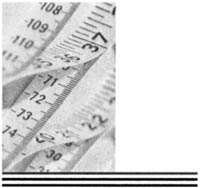
1 A Look in the Mirror

Tania is surveying herself in the dressing-room mirror and hating herself because of the plus-size clothes she wears. She exercises for hours each day and worries constantly about what diet to try next. She is ready to do almost anything to be able to buy outfits like some of her teenage classmates who wear size 2 or 6 or 8.
My sense [of] self-esteem too often depends on how I see my body.
Chris Godsey, a young man reporting on his body image
Andrew is checking out his reflection in a full-length mirror and decides he has a major problem. He is convinced he is not muscular enough to attract any of the pretty girls in his high school class. He is planning to find ways to bulk up.
Mary Jo looks in her hand mirror and finds pimples marking her face. She is about to panic. She has to cover up the blemishes with heavy makeup before her date for the prom arrives. But she will be miserable all evening believing that everyone will notice that her face is not picture-perfect.

Figure 1.1. This woman checks her mirror to make sure her appearance is acceptable.

Figure 1.2. This woman also checks a mirror to see how she looks.
Gordon is studying his stomach, sucking it in before the bathroom mirror. He is only twenty years old, and he is certain that he is overweight even though the scales say otherwise. He is thinking about a tummy tuckcosmetic surgery.
A WIDESPREAD PREOCCUPATION
Reactions to real or imagined body shapes, sizes, or appearances can vary, depending on age, gender, sexual orientation, ethnic background, participation in sports, influence of the media, and in general the lifestyle of friends and family. The way a person looks is a widespread preoccupation, says a Brown University student health services website. It states that 74.4 percent of normal-weight college women surveyed in one study thought about their weight or appearance all the time or frequently. In addition 46 percent of the normal-weight men surveyed gave the same response.
Next page

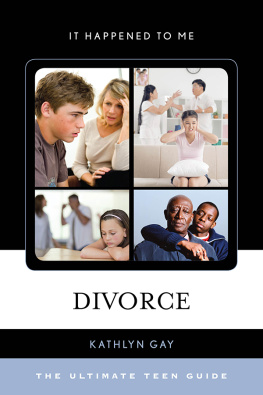
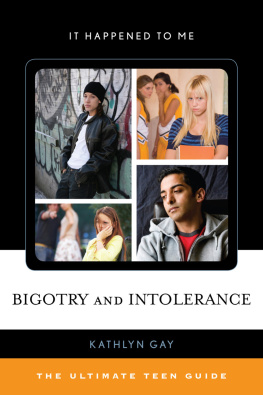
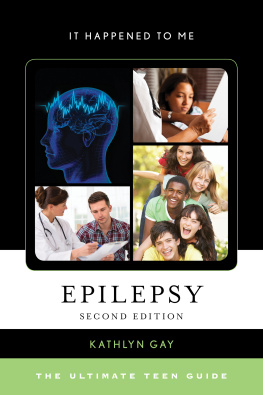

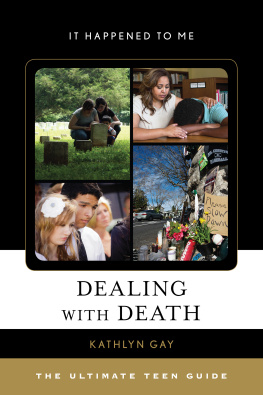
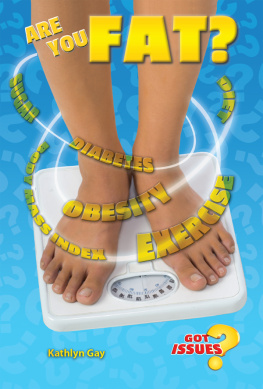
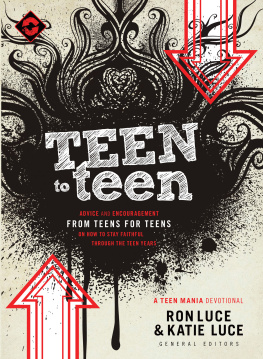

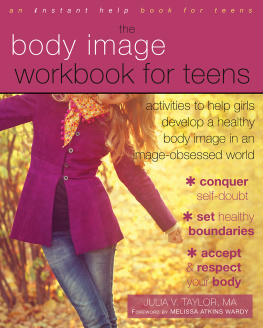
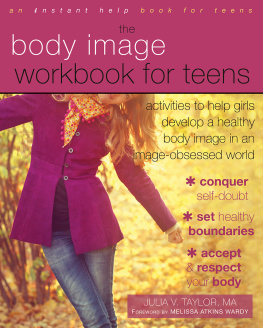

 The paper used in this publication meets the minimum requirements of American National Standard for Information SciencesPermanence of Paper for Printed Library Materials, ANSI/NISO Z39.48-1992.
The paper used in this publication meets the minimum requirements of American National Standard for Information SciencesPermanence of Paper for Printed Library Materials, ANSI/NISO Z39.48-1992.

